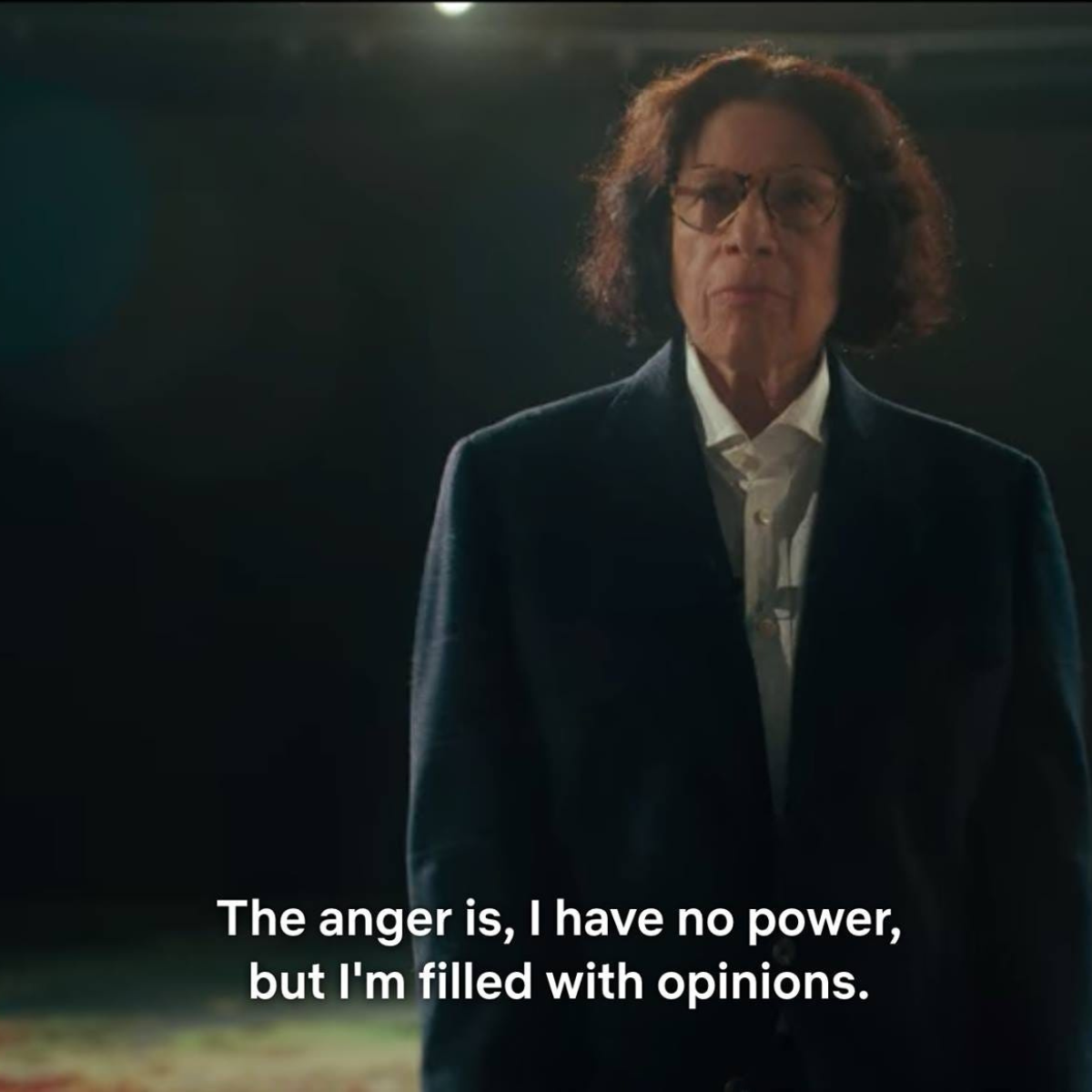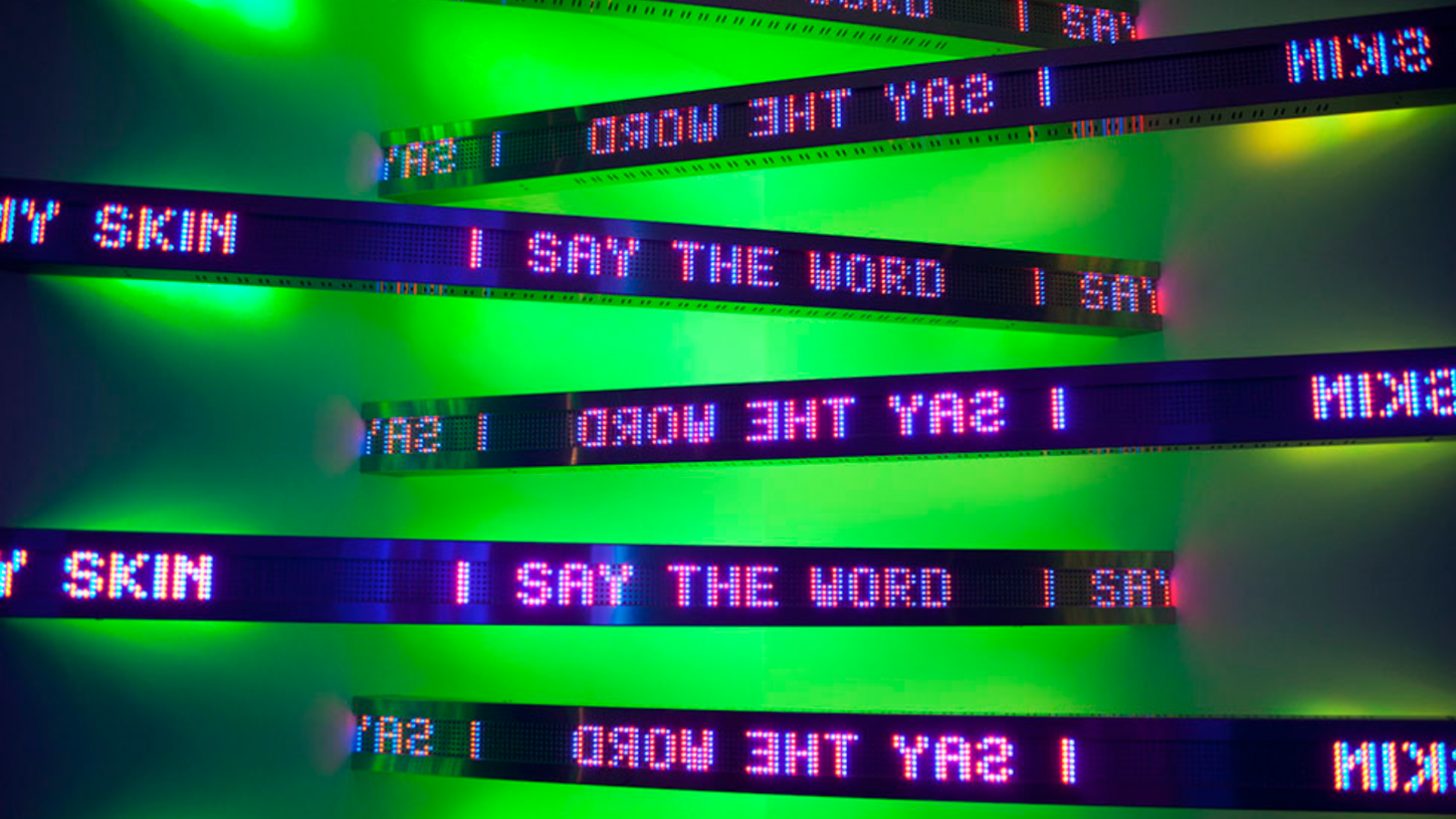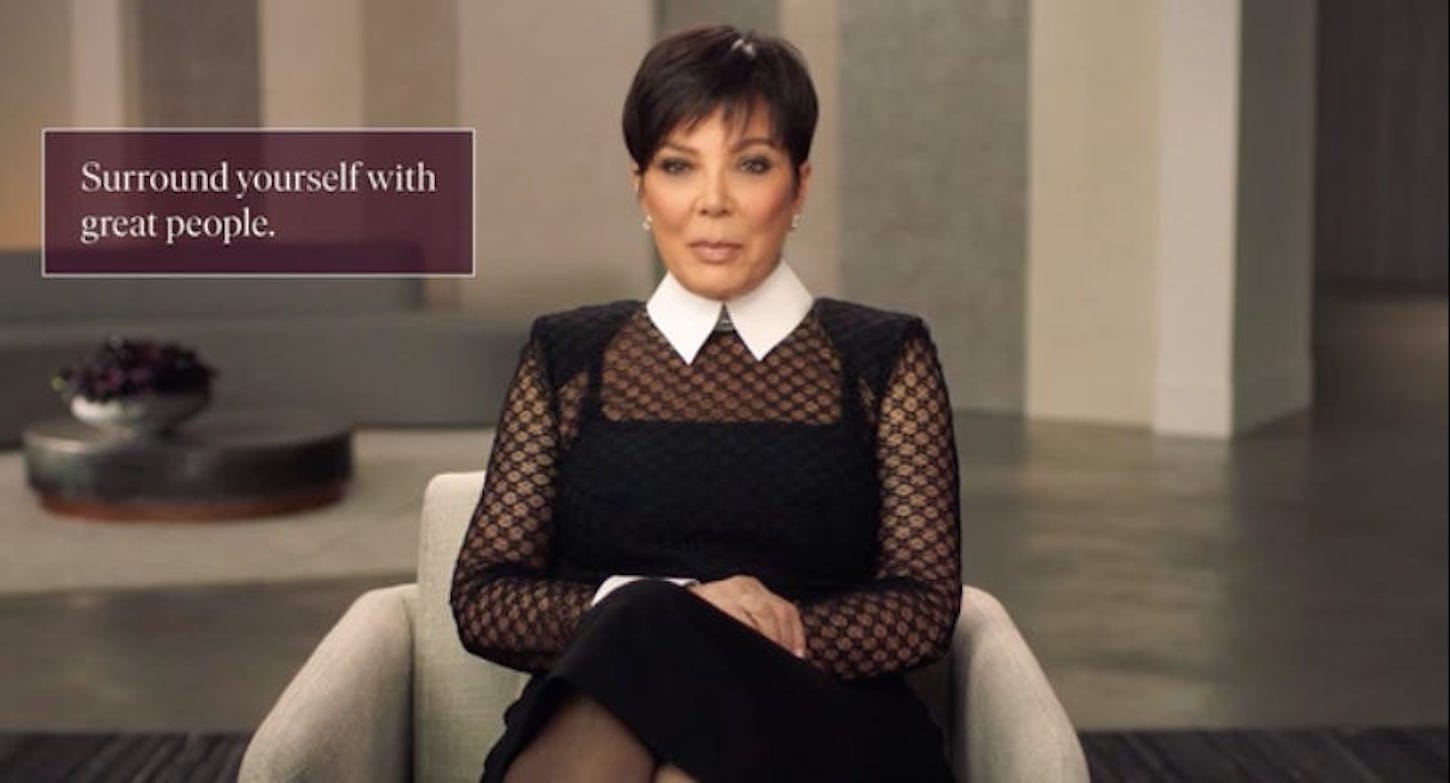Willy Blackmore on looking for his great-grandmother, the first New York Times crossword puzzle editor, in the current edition.
A year ago, I decided that it was finally time to get good at the puzzle. The New York Times crossword puzzle, that is. It’s not the first time I’ve made such an effort—I tried once in college, when I could get the New York Times in print for free with my student ID, and again while living in LA when every Starbucks still reliably carried it. But it’s the first time that I have somewhat succeeded. I can now solve Monday through Wednesday with ease, and am inching toward routine success with the more difficult Thursday and Friday puzzles. My Monday solve time is around 10 minutes, sometimes under, which isn’t by any means great but it makes my brain feel good to cruise relatively smoothly through an easy puzzle. Saturday, the hardest puzzle of the week, still remains mostly out of my reach. So too does the ghost of my great-grandmother, the reason why I wanted to get good at the crossword puzzle to begin with.
There are two indelible things that my own grandmother said about my great-grandmother and the puzzle. She told me that she didn’t like to do the crossword because it felt like having her mother tell her that she was stupid, and that running her hand along the fore-edge of one of her mother’s many dictionaries that she used for work every day felt like being able to touch her hand again. It wasn’t just that her mom, Margaret Farrar, liked the crossword puzzle, as many grandparents and great-grandparents have. She all but invented the crossword puzzle—first as an assistant to Arthur Wynne at The New York World, which ran the first-ever crossword puzzle in 1913, and later as the first-ever crossword puzzle editor at the New York Times.
I’ve been fascinated by my great-grandparents, for whom I was partly named after (Farrar is my middle name) since around the time I first read Madeleine L’Engle’s A Wrinkle in Time, a book my great-grandfather, John Farrar, both edited and published. But while I could read the Wallaces’ story, or have it read to me, Margaret Farrar’s work was inaccessible to me as a kid. So instead I had the family lore: how she came up with the black squares that anchor the grid, how she had an idea for a crossword puzzle game before Scrabble came along.
SPECIAL CORRESPONDENTS
 | Jan 30, 2021 On Fran Lebowitz and power in media. |
 | Apr 28, 2023 The human remains the hallmark to emulate. |
|
ALL IN THE FAMILY
|  | Apr 5, 2023 |
|
|  | Mar 29, 2023 |
|
|  | Mar 12, 2023 |
|
|  | Oct 5, 2022 |
|
|  | Aug 3, 2022 |
|
|  | Oct 26, 2022 |
|
This Newsletter Was Sent With Beehiiv
Here at Dirt, we know our readers have a lot to say. If you’ve considered starting a newsletter, there’s no better place to get started and no better time than now.
Beehiiv's all-in-one publishing suite comes with built-in growth tools, customization, and best-in-class analytics that actually move the needle—all in an easy-to-use interface with other useful features like responsive audience polls, a custom referral program, SEO-optimized web pages, and so much more...












